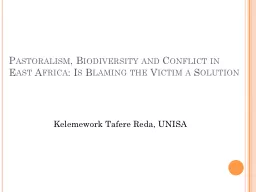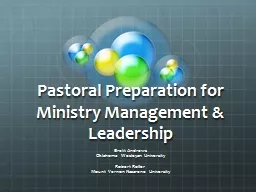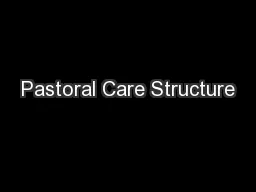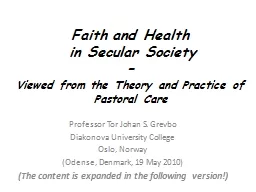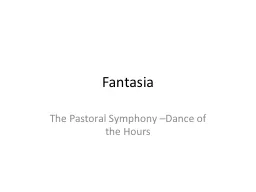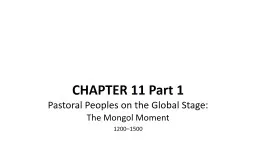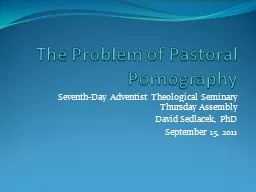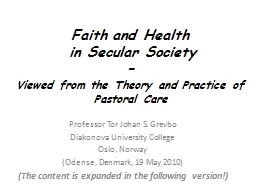PPT-Pastoral care basics
Author : yoshiko-marsland | Published Date : 2019-12-11
Pastoral care basics Foundation Course LEARNING ENVIRONMENT Relax Theres no Right or Wrong Were All Learners Art of Pastoral Care CREATING AN OPTIMUM ATMOSHERE
Presentation Embed Code
Download Presentation
Download Presentation The PPT/PDF document "Pastoral care basics" is the property of its rightful owner. Permission is granted to download and print the materials on this website for personal, non-commercial use only, and to display it on your personal computer provided you do not modify the materials and that you retain all copyright notices contained in the materials. By downloading content from our website, you accept the terms of this agreement.
Pastoral care basics: Transcript
Download Rules Of Document
"Pastoral care basics"The content belongs to its owner. You may download and print it for personal use, without modification, and keep all copyright notices. By downloading, you agree to these terms.
Related Documents




